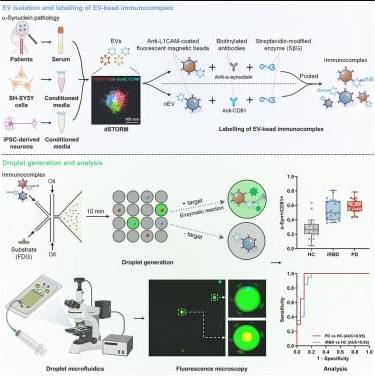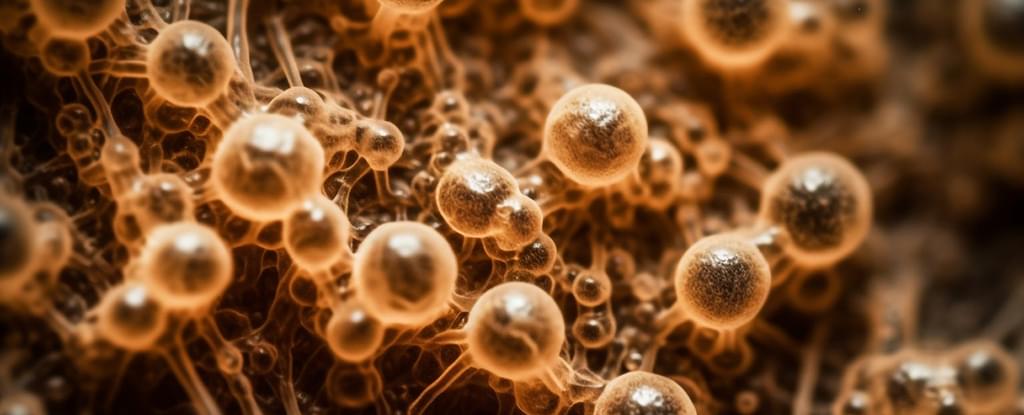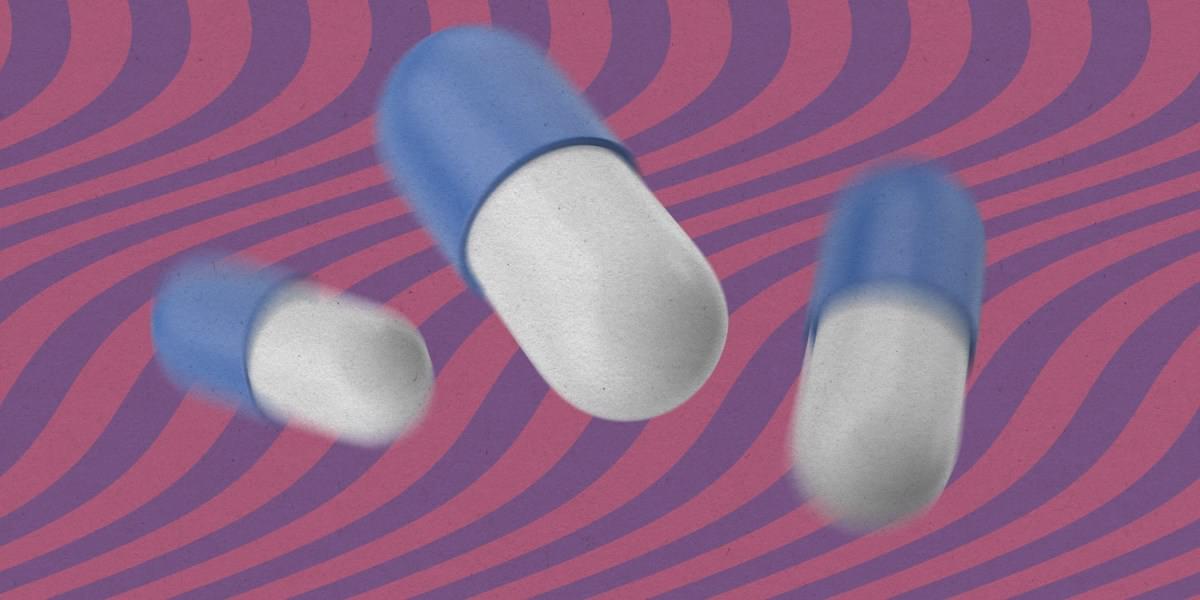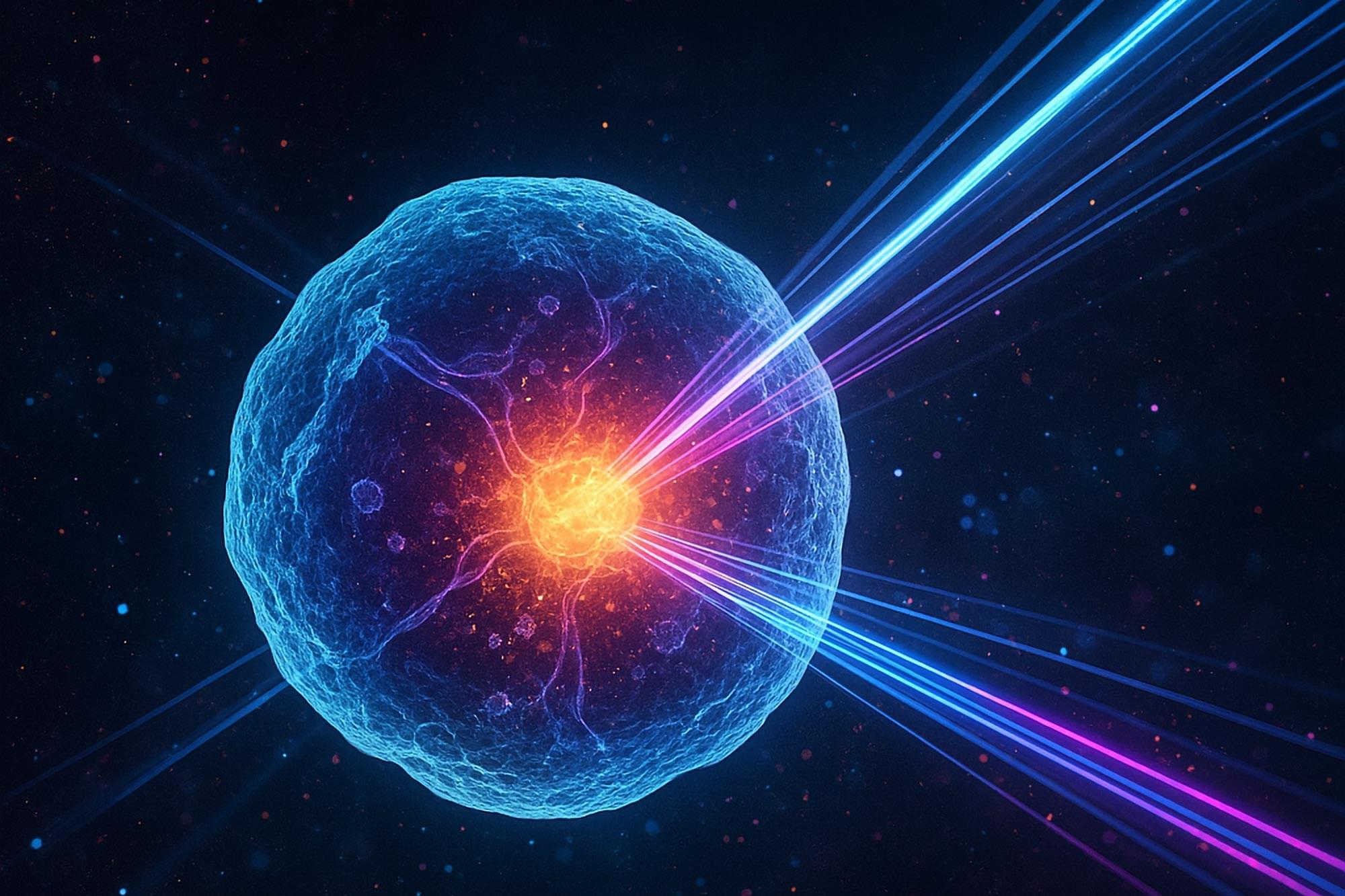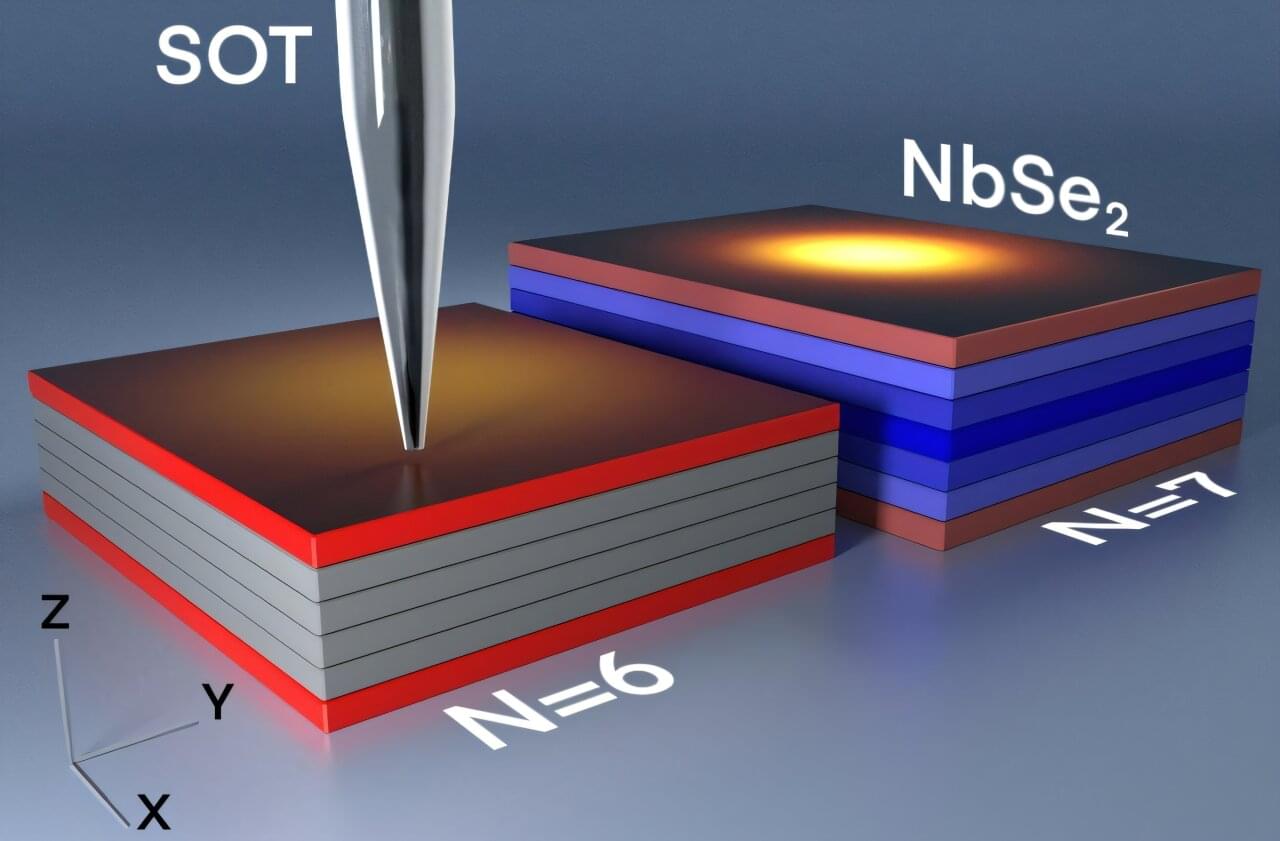Parkinson’s disease (PD) is a progressive neurodegenerative disease that affects approximately 1% of people over the age of 60 and 5% of those over the age of 85. Current drugs for Parkinson’s disease mainly affect the symptoms and cannot stop its progression. Nanotechnology provides a solution to address some challenges in therapy, such as overcoming the blood-brain barrier (BBB), adverse pharmacokinetics, and the limited bioavailability of therapeutics. The reformulation of drugs into nanoparticles (NPs) can improve their biodistribution, protect them from degradation, reduce the required dose, and ensure target accumulation. Furthermore, appropriately designed nanoparticles enable the combination of diagnosis and therapy with a single nanoagent.
In recent years, gold nanoparticles (AuNPs) have been studied with increasing interest due to their intrinsic nanozyme activity. They can mimic the action of superoxide dismutase, catalase, and peroxidase. The use of 13-nm gold nanoparticles (CNM-Au8®) in bicarbonate solution is being studied as a potential treatment for Parkinson’s disease and other neurological illnesses. CNM-Au8® improves remyelination and motor functions in experimental animals.
Among the many techniques for nanoparticle synthesis, green synthesis is increasingly used due to its simplicity and therapeutic potential. Green synthesis relies on natural and environmentally friendly materials, such as plant extracts, to reduce metal ions and form nanoparticles. Moreover, the presence of bioactive plant compounds on their surface increases the therapeutic potential of these nanoparticles. The present article reviews the possibilities of nanoparticles obtained by green synthesis to combine the therapeutic effects of plant components with gold.

